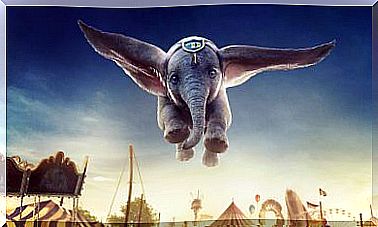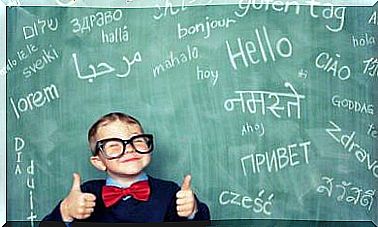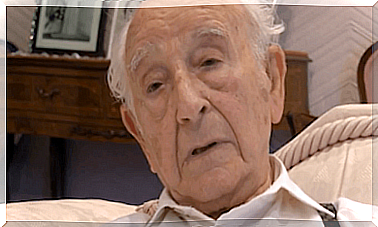Do You Know The Theory Of Social Impact?
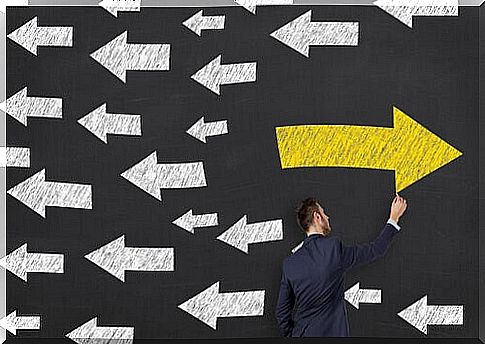
Social impact theory attempts to evaluate how individuals can be sources or objects of social influence. Social impact includes any influence on people’s feelings, thoughts, or behaviors. Thus, the theory of social impact is useful to understand in which social situations a greater influence occurs.
Thus, the social impact will depend on the social forces, which are the ones that will cause the changes, the immediacy of the event and the number of sources that produce the impact. The application of social impact ranges from diffusion of responsibility to social laziness, stage fright, or persuasive communication.
The theory of social impact
The value or part of the value of relationships is based on costs and rewards. While costs subtract points from a relationship, rewards add up. On the one hand, rewards bring pleasure or satisfaction that people enjoy; while costs include any factor that hinders conduct.
For example, imagine that we are studying for a test that we have tomorrow. Suddenly, a friend calls us and we waste the whole afternoon talking on the phone. The call is going to cost us because it prevents us from taking an action, studying. Therefore, in this case, that relationship would be negative. We have been influenced, which has had a social impact on us.

Factors of the social impact theory
The theory of social impact is explained by three factors. These factors are:
- Strength: it is a network of all the individual factors that make a person influential. It covers individual factors such as size, intelligence, and wealth, as well as other relationship-related and situation-specific factors, such as belonging to the same group. For example, the relationship with our friend.
- The immediacy: takes into account the recent occurrence of the event and if there were other factors that intervened. In the example explained, the event was the exam that we had the next day and for which we could not study. The immediacy in that example was the time we had until the exam.
- The number of sources: refers to the number of sources of influence. In the previous example, the only source of influence was our friend’s call.
Laws of social impact theory
The three factors give rise to three laws of social impact. The first law is that of social forces. This law establishes that the social impact is a function of the three factors in the previous section. Increasing any of the three factors would greatly increase the social impact. On the contrary, a null or very low value would have practically no social impact.
The second law is the psychosocial one. According to this law, the greatest social impact occurs when a single source appears. That is, when no source exists and one suddenly appears. However, the fact that more sources appear, once there is one, will have less and less impact. In one study, several people stood on the street gaping at the sky. The results showed that more people looking at the sky meant more curious and that the change became increasingly insignificant as more people were present.
The third and last law is that of the multiplication and division of the impact. According to this law, strength, immediacy, and number of targets play a role in social impact. In other words, the more strength and immediacy and the greater number of goals there are in a social situation, the more the social impact will be divided among all the goals. This law is at the bottom of phenomena such as the diffusion of responsibility, for which people feel less responsible as the number of people present increases.
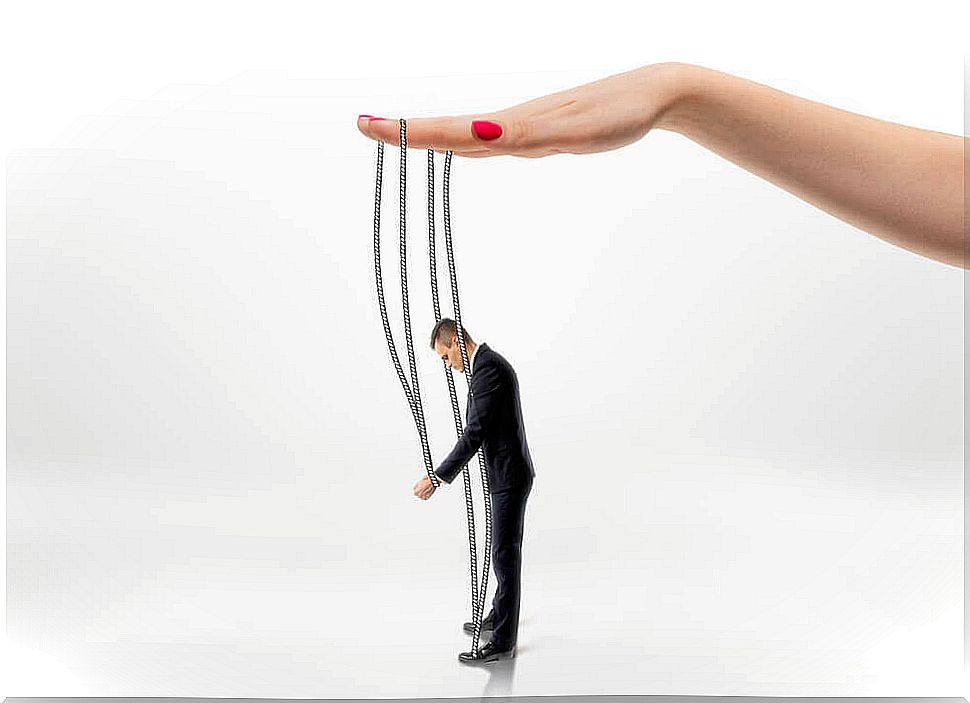
Dynamic theory of social impact
The rules that guide the theory of social impact describe people as recipients who passively accept social impact and do not take into account the social impact that people may actively seek. The model is also static and does not fully compensate for the dynamics involved in social interactions. Trying to resolve these dark spots, the theory of dynamic social impact emerges.
According to this theory, social influence is determined by force, immediacy and the number of sources present, as in the previous theory, but here groups are complex systems that are constantly changing and are never static. Groups are reorganized into four basic patterns: consolidation, clustering, correlation, and continuous diversity. These patterns allow group dynamics to operate and ideas to spread throughout the group.
- Consolidation: when people interact with each other, over time, their actions, attitudes and opinions become uniform.
- Grouping – People tend to interact with groups of like-minded group members.
- Correlation: Over time, the opinions of individual group members on a variety of topics converge and correlate with each other.
- Ongoing diversity: If members of a minority group communicate with members of the majority, but resist their influence, there may be some degree of diversity.
These theories help us understand the influence that other people or groups can have. The social impact that sources have affects us on a day-to-day basis, but now we can measure it. We can know which factors are going to affect us the most and, of course, how to avoid the social impact.

